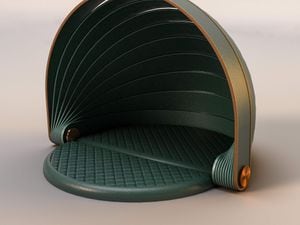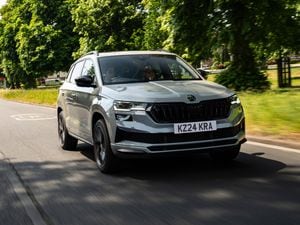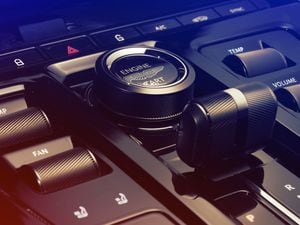Nissan reveals pricing for new Leaf electric vehicle
The next-generation Leaf will cost from £21,990 including the government’s low-emission vehicle grant, and features more range and improved technology
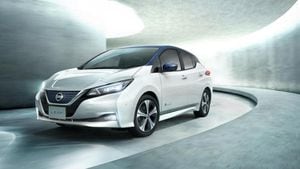
The next-generation Nissan Leaf is now on sale from £21,990 including the government’s low-emission vehicle grant.
Deliveries of the second iteration of the Japanese manufacturer’s hugely popular electric vehicle will begin in February. It can travel about 50 per cent further on a single charge than its predecessor, with a claimed 235-mile range.
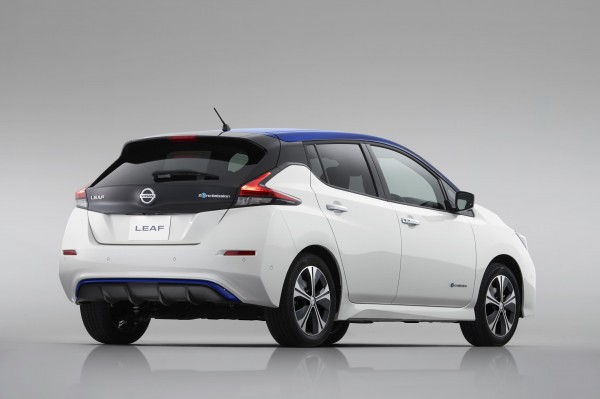
There are five trim levels available, from the entry-level Visia grade to the top-spec Tekna, which starts from £27,490.
Carl Bayliss, electric vehicle manager at Nissan Motor in Great Britain, said: “With the new Nissan Leaf, all-electric motoring has never been more viable or affordable for almost any motorist.
“EV running costs are around 85 per cent less than petrol or diesel cars and maintenance is almost 75 per cent cheaper. There’s £0 vehicle excise duty, free London Congestion Charge and even free parking in some cities, not to mention convenient home charging.
“It’s not surprising unprecedented numbers of drivers are making the switch and going electric.”
Nissan is offering finance from £339 per month on a three-year, 10,000 annual miles personal contract purchase agreement at 4.49 per cent APR for the 2.Zero spec, which is the second-highest trim in the range. This offer is available with a customer deposit of £4,138, plus a £1,000 contribution from the dealer.
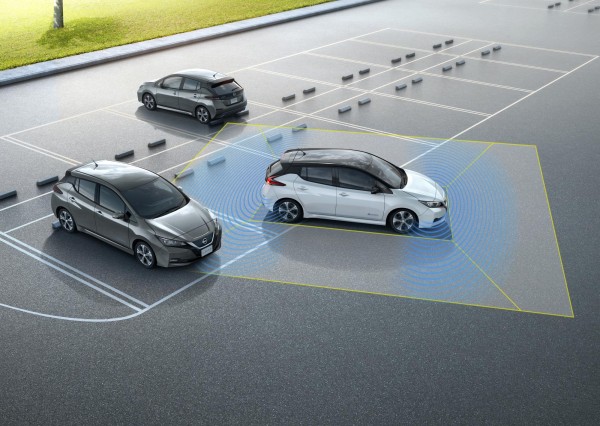
The 2.Zero trim level is limited to 1,500 examples and represents a £535 saving over an N-Connecta trim equipped to the same levels. It comes with ProPilot semi-autonomous safety features, 17-inch alloy wheels, suede-effect heated seats and a seven-inch touchscreen infotainment system.
The ProPilot technology lets the driver hand over some of the driving to the car’s on-board computer. For example, the Leaf can automatically keep itself in its lane, maintain its speed and control the distance to the vehicle in front – even coming to a complete stop if necessary.
Drivers can also get the car to park by itself. It uses high-resolution cameras and information from 12 ultrasonic sensors to figure out where a space is before guiding the car in.

